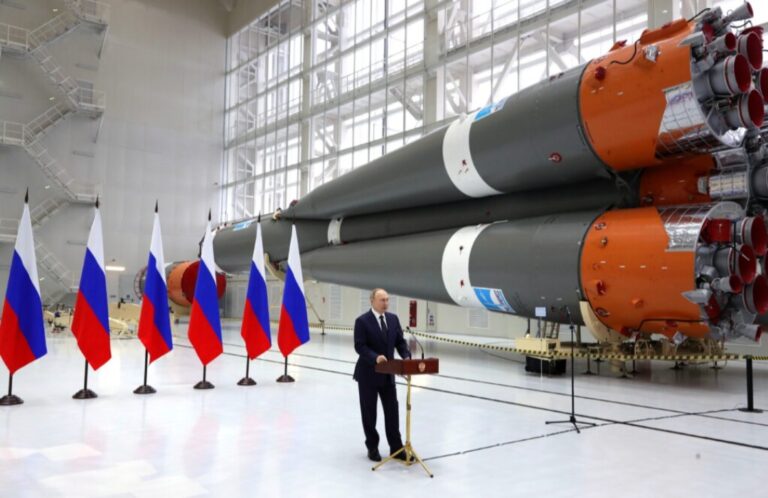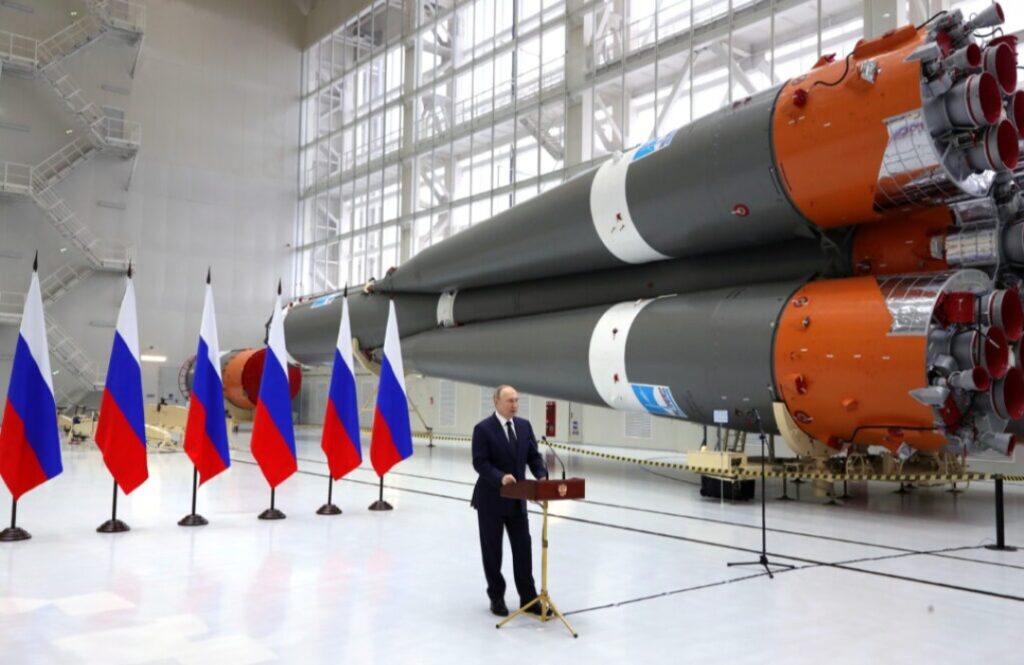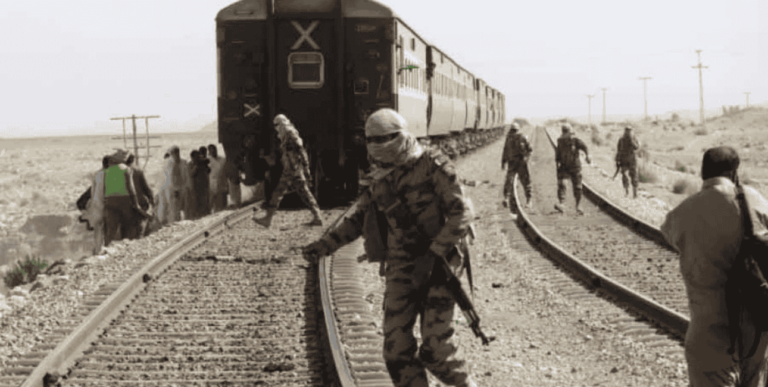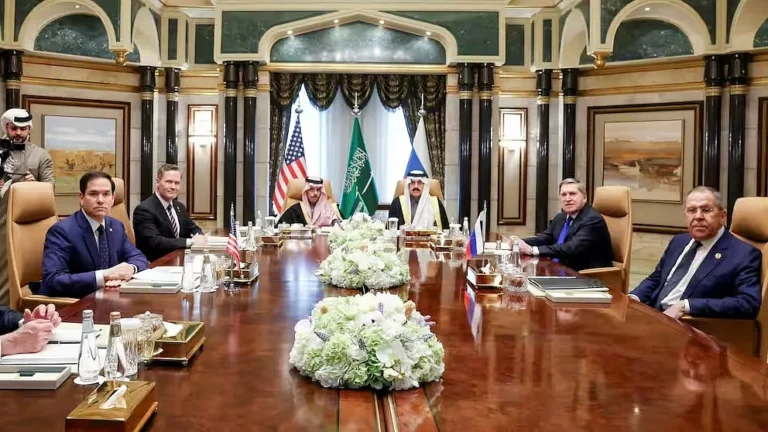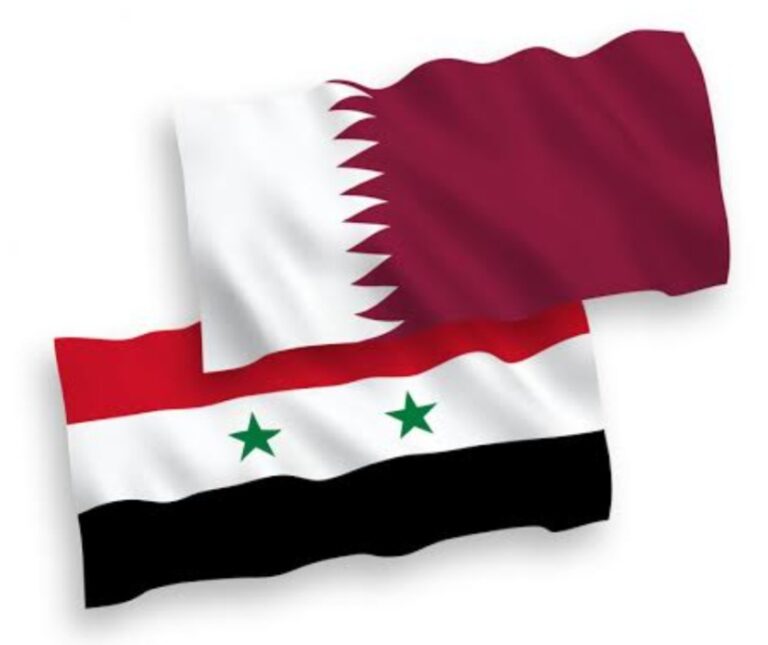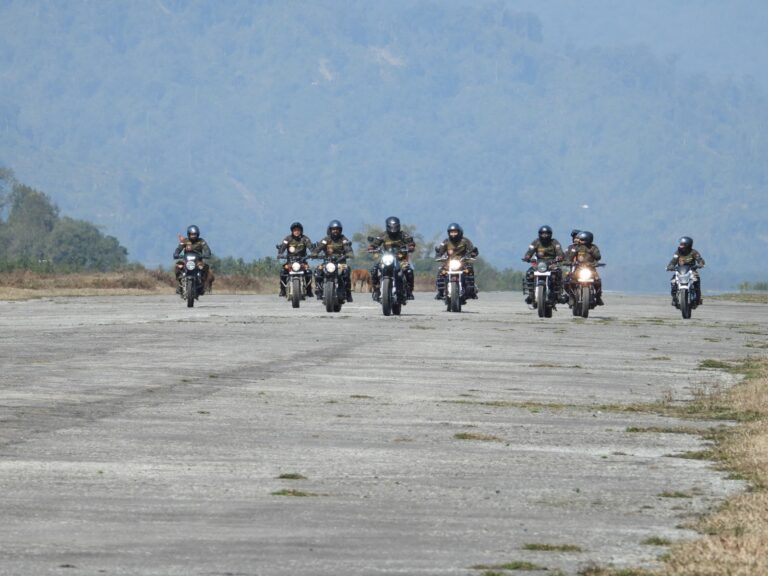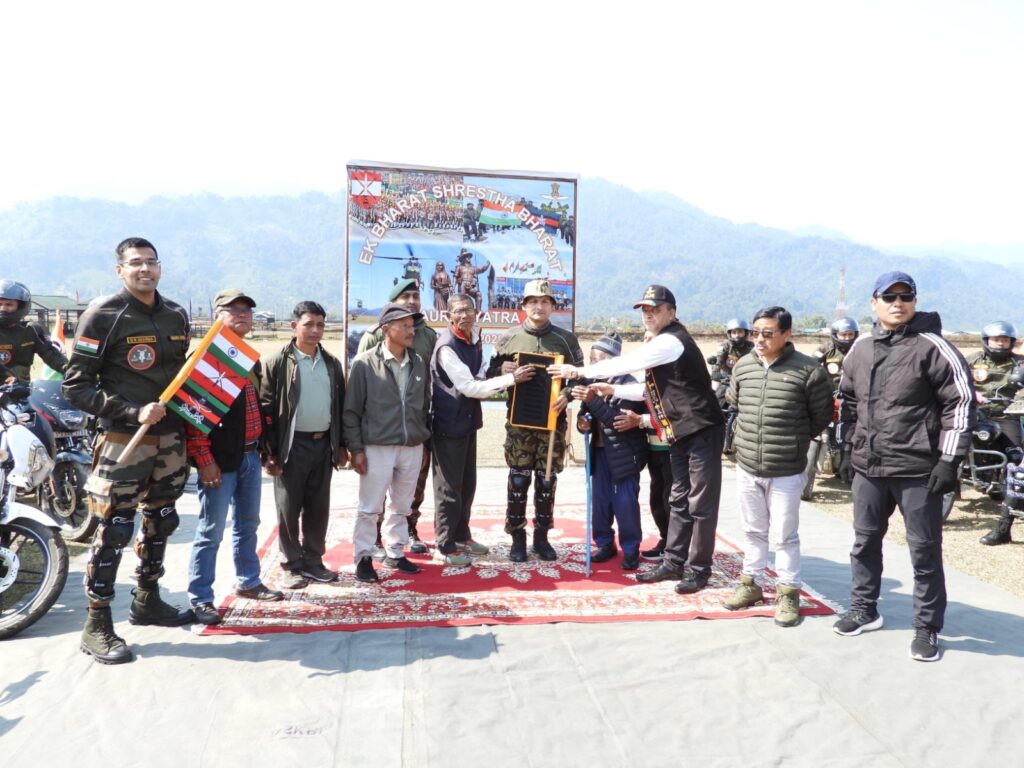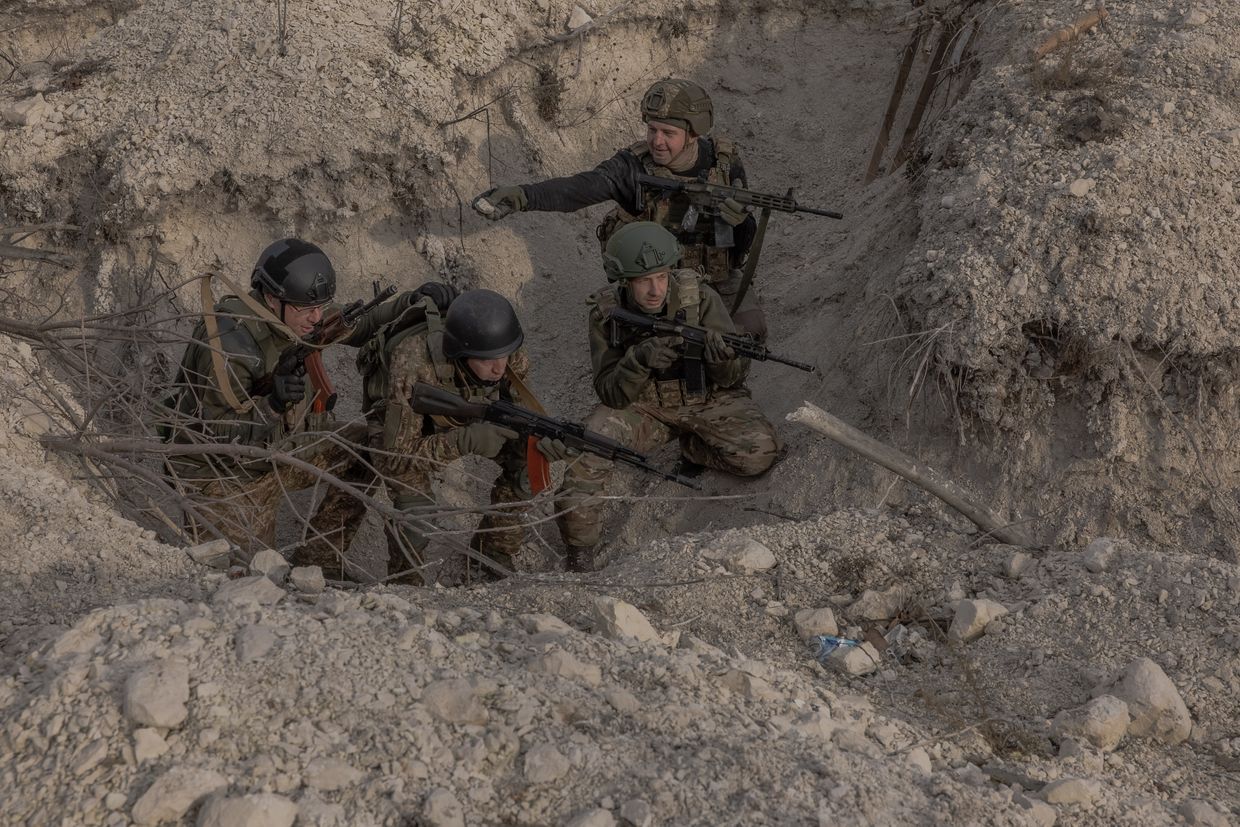For decades, the United States Agency for International Development or USAID has been a lifeline for millions across the Global South, funding critical programs to combat diseases like malaria, tuberculosis, and HIV/AIDS. But with US President Donald Trump’s administration drastically scaling back foreign aid, the very survival of these efforts is now in question.
Until recently, the fight against malaria in Southeast Asia’s Mekong sub-region was a rare public health success story. Named after the 4,900-kilometer (3,000-mile) river that flows from China through Myanmar, Thailand, Cambodia, Laos, and Vietnam, the region had seen a remarkable drop in malaria cases. Between 2010 and 2023, infections caused by the most common malaria parasite plummeted from nearly half a million to fewer than 248,000, thanks in large part to US-backed initiatives, particularly through the Global Fund.
But now, those gains are at risk.
A Health Crisis Unfolding in Myanmar
Nowhere is the rollback of USAID funding more devastating than in Myanmar, where a brutal civil war since 2021 has displaced millions and led to an explosion of malaria cases. Myanmar alone accounted for nearly 229,000 of the 248,000 malaria cases in the region last year. With USAID cutting support for Myanmar’s anti-malaria initiative, experts fear the situation will spiral out of control.
“Myanmar’s government estimates that malaria cases have risen by 300 percent since the start of the civil war, but independent research suggests the real figure is more than double that,” said health researcher Wharton-Smith.
The crisis is spilling across borders. Parts of Thailand, which had previously eliminated malaria, are now seeing fresh outbreaks as refugees and migrants from Myanmar seek safety. With USAID suspending critical disease prevention programs, cases are expected to rise sharply.
USAID Cuts. A Blow to Global Health
The rollback of malaria funding in the Mekong is just one example of a much larger crisis unfolding across the Global South. USAID, once the world’s largest source of international aid, is set to slash 5,200 of its 6,200 global programs – an 83% reduction. The cuts are sending shockwaves through humanitarian networks, threatening decades of progress against tuberculosis, HIV/AIDS, Ebola, and malnutrition.
On Wednesday, a top United Nations official called the cuts a “seismic shock” to global aid efforts.
“Many will die because that aid is drying up,” said Tom Fletcher, head of the UN Office for the Coordination of Humanitarian Affairs (OCHA).

The Politics of Aid Reduction
US Secretary of State Marco Rubio defended the move, arguing that many USAID programs did not serve America’s core national interests.
“The 5,200 contracts that are now canceled spent tens of billions of dollars in ways that did not serve, and in some cases even harmed, the national interests of the United States,” Rubio said on X (formerly Twitter). He also confirmed that the remaining USAID programs will now be overseen directly by the US State Department.
A Looming Humanitarian Disaster
The decision to dismantle USAID’s funding structure is a matter of life and death. In countries like Myanmar, where war and displacement have already stretched healthcare to the breaking point, the loss of US-backed aid programs means preventable diseases will surge once again.
Public health experts warn that if international donors don’t step in to fill the void, the progress made over the past two decades could unravel entirely. The Global South, once promised a healthier future, is now bracing for a humanitarian disaster.
And for the millions who relied on USAID’s support, the question now is – who will step up before it’s too late?
The chaos at USAID has finally reached a boiling point and the fallout was immediate – thousands of USAID employees, contractors, and support staff were either put on leave or furloughed, while projects across the world were abruptly shut down with “stop work orders.”
Meanwhile, NGOs scrambled to figure out what was happening, trying to fill budget gaps and understand which programs might still get funding under an emergency waiver for life-saving projects.
Amid all the confusion, the Supreme Court stepped in last week, ordering the Trump administration to comply with a lower court ruling and release $2 billion in back pay owed to USAID partners and contractors from before the freeze. But on Monday, a federal judge had to call out the administration again, insisting the funds were “unlawfully” held back – especially since they had already been approved by Congress for specific programs.
At the heart of this mess is the Department of Government Efficiency, DOGE, led by none other than Elon Musk. The department has been aggressively targeting US development aid, pushing for sweeping reforms.
Catherine Kyobutungi, executive director of the African Population and Health Research Center in Kenya, acknowledges that USAID had its flaws. “We’ve always said USAID’s funding system was inefficient – there wasn’t enough focus on long-term impact or sustainability. But you don’t just tear down an imperfect system overnight,” she stated.
She emphasized that global aid isn’t just about handing out medicine – there’s an entire structure in place that ensures people get the help they need. “The total disregard for how things actually work is just astounding,” she added.

When Aid Becomes Political
The full impact of USAID’s cuts is still unfolding, a humanitarian worker from a leading nonprofit tackling malnutrition across Africa and the Middle East warned that even a short funding gap could be catastrophic.
The biggest concern? Children in intensive care units at emergency feeding centers, where complications like organ failure and hypoglycemia can quickly turn fatal. The global humanitarian community runs thousands of stabilization centers with US funding.
“These centers cannot afford to shut down, not even for a day. If the lights go off, children die. It’s that simple.”
What’s even more alarming is how humanitarian aid, something that was once bipartisan and apolitical, has now been dragged into the political arena. “Up until now, feeding starving children wasn’t a political issue. Now, it is,” the worker added.
It’s also unclear what will happen to major US-backed health initiatives like PEPFAR (the President’s Emergency Plan for AIDS Relief) and the President’s Malaria Initiative. Launched by George W. Bush 20 years ago, these programs have saved over 32 million lives, according to UNAIDS and archived USAID data.
Though Congress funds these programs, they are executed by agencies like USAID and the CDC – both of which are now in DOGE’s crosshairs for budget cuts. Last month, UNAIDS revealed that the US government had abruptly ended their partnership, impacting HIV programs in at least 55 countries. Funding for UNICEF’s polio efforts and the UN Population Fund’s reproductive health initiatives has also been scrapped.
USAID has outright denied waivers for anything linked to family planning or what it calls “gender ideology.” Meanwhile, NGOs in Asia, Africa, and beyond are struggling to plug the funding gaps, with vital programs still stuck in limbo due to the 90-day “pause.”
To make matters worse, USAID-funded food and medical supplies are reportedly sitting locked in warehouses while officials figure out their next move. Senator Marco Rubio’s latest statements haven’t exactly cleared up the confusion either.

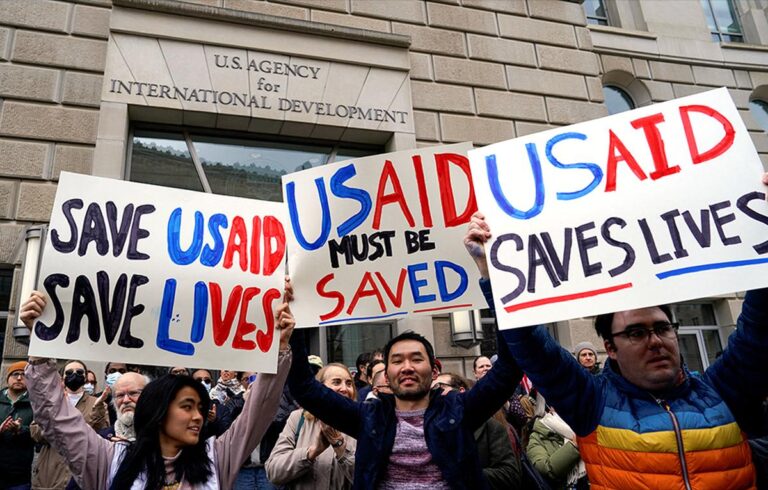


)

